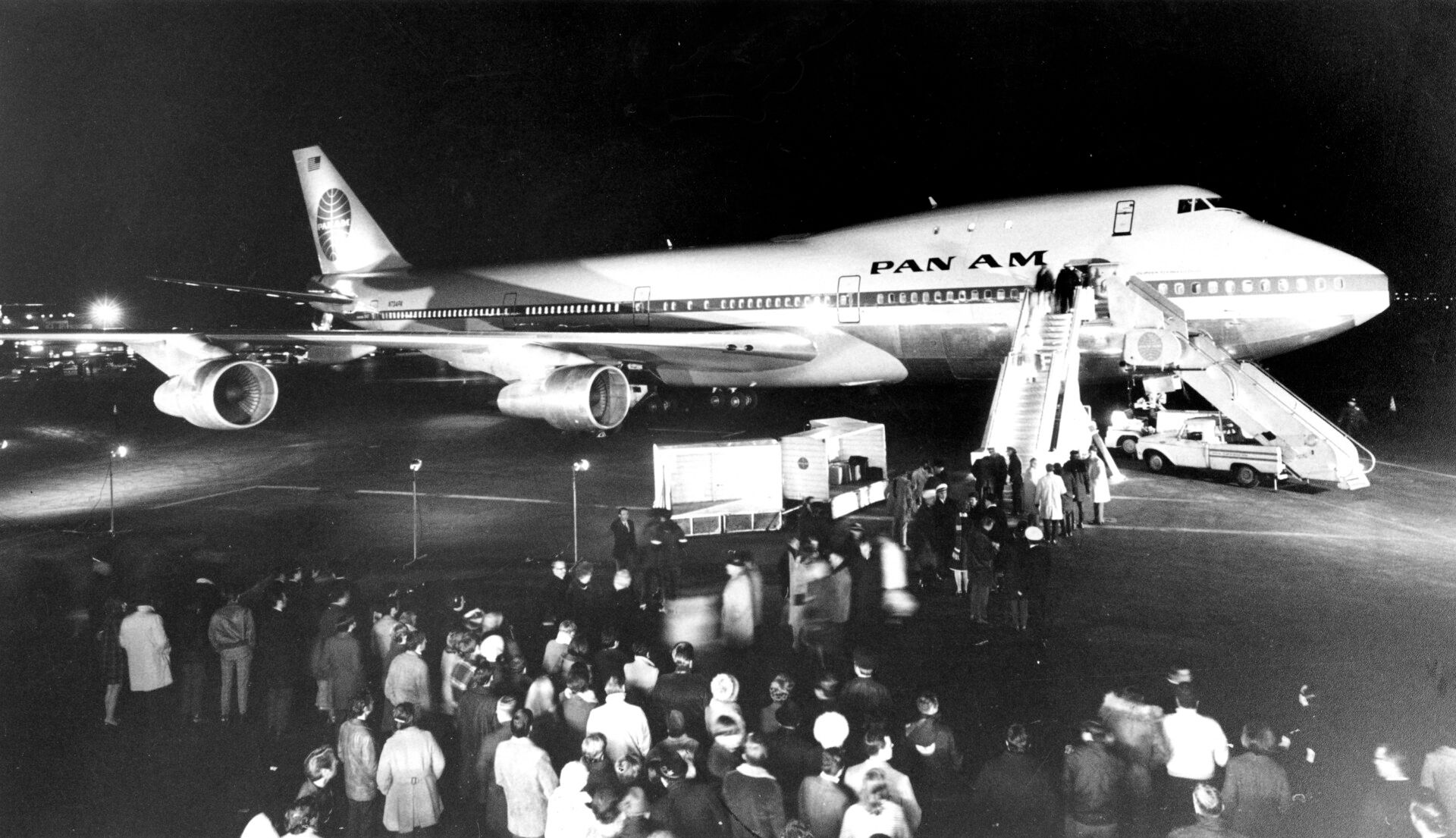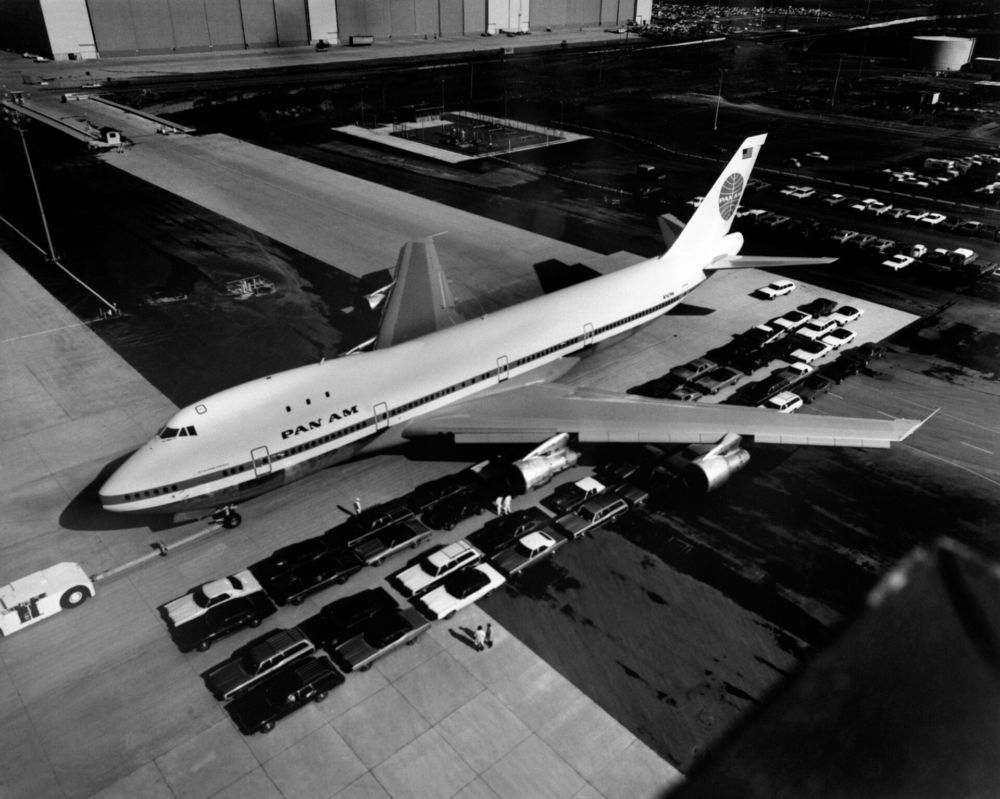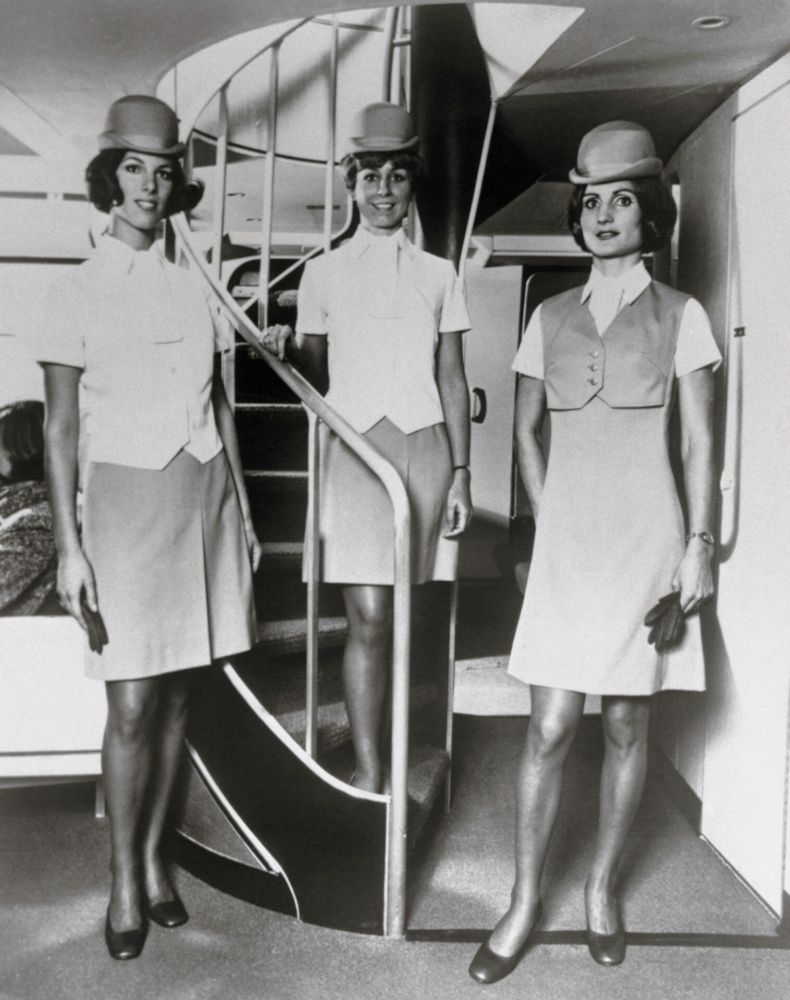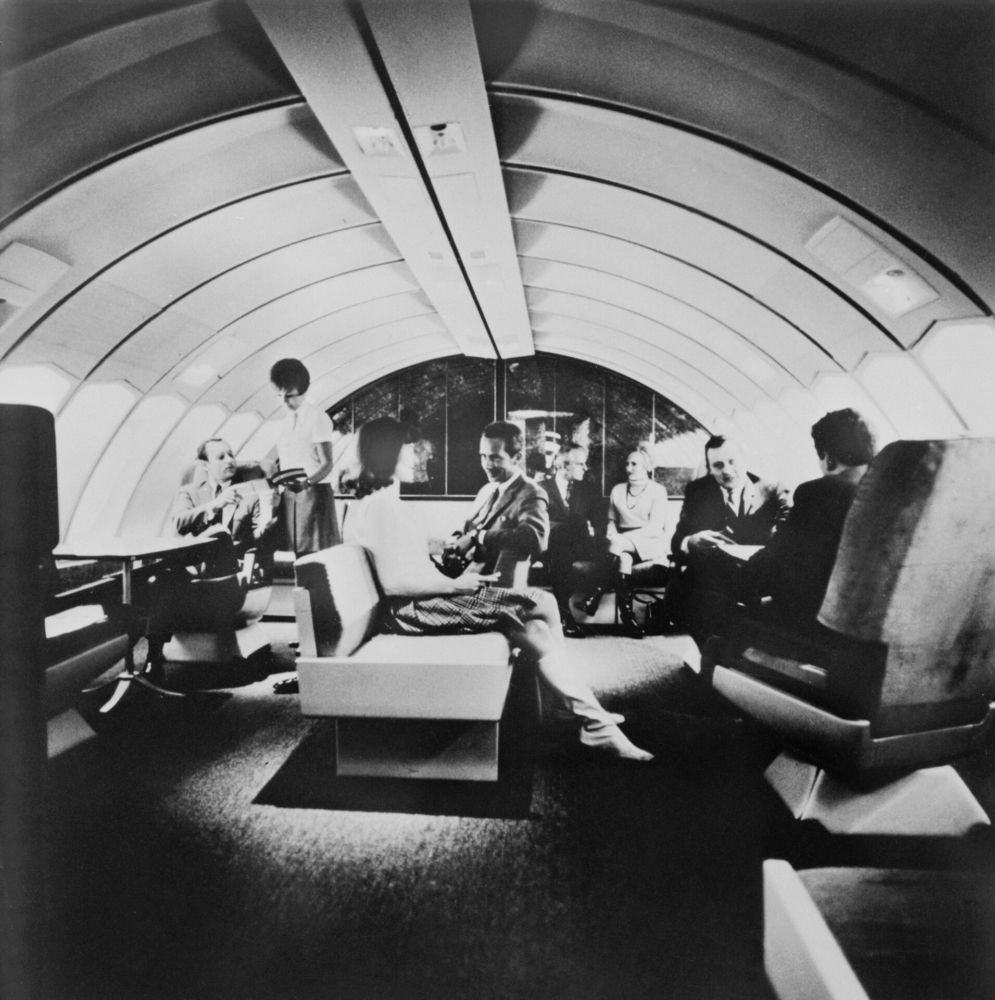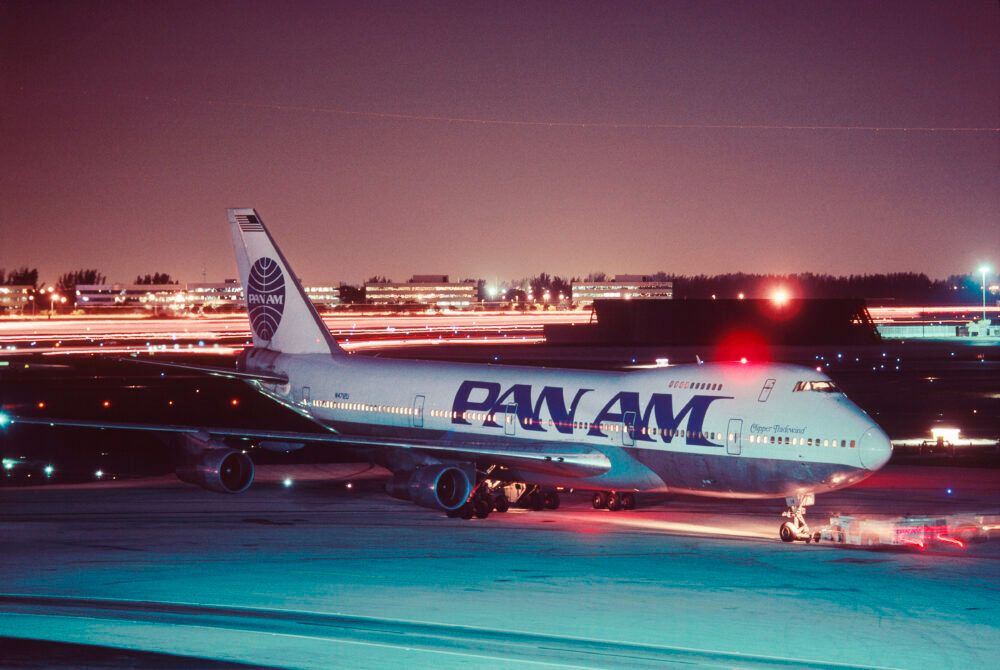Last year, we highlighted that it had been 50 years since the Boeing 747 entered service. Today marks another important date for the Queen of the Skies. December 12th, 1969 was when Pan American World Airways took on its first unit to become the first airline to enter service with the jumbo.
Meeting requirements
Pan Am head Juan Trippe sought an efficient way to place 400 passengers on one plane. Initially, he thought the best course of action would be to place two single-aisle cabins on top of each other. However, Boeing’s engineers replied with the widebody design, utilizing a partial second deck.
By 1968, the program cost was already at $1 billion, which is approximately $7.61 billion today. Eventually, on February 9th, 1969, the type performed its first flight.
Pan Am introduced the 747-100 on January 22nd, 1970. The aircraft would become synonymous with the legacy carrier, bringing a new age of flight to the world. For many, the first time on a plane was with the type due to the affordability and opportunity that came with it.
A grand occasion
Just over a month before service entry, the world’s first commercial widebody was delivered. Thousands of spectators lined up to see the quadjet following the milestone. Registration N733PA was also tasked with a series of demonstration flights for the press and special guests in New York.
“JFK - Despite warnings of snowstorms, on Dec.14, more than 5,000 Pan Am employees and their families came to view Pan Am’s first 747. They came on short notice, too. No one knew until the late afternoon of Dec. 12 exactly when the plane would be accepted and delivered. At 8 a.m. on Dec. 15, 160 employees went for an hour-long flight in the aircraft. Because of the short time schedule, those who went on the flight were chosen in the quickest possible manner,” Pan Am Historical Foundation shares, citing the Pan Am Clipper magazine via the University of Miami Special Collections.
“A specific number of invitations was allotted each department according to its total size. The lucky ones were chosen at random by department heads. The 747, bearing provisional license NP733PA, is number six off the Boeing production line. It is the first of two 747s Pan Am will use to train pilots and flight engineers at Roswell, New Mexico. It arrived at JFK on Dec. 13, after a flight from Seattle to Nassau, where Robert Blake, Pan Am resident representative to Boeing, formally accepted it.”.
A sight to behold
Those on the scene described the 747 as being as big as a church. Other members of the press were more colorful with their language, such as the San Francisco Chronicle, which called it a "bulbous-nosed whale with wings." Nonetheless, despite the mixed opinion about the look of the production, people were in shock about the size of the plane, and they were impressed that it could carry hundreds of passengers. This unit took on several nicknames during its lifetime, including Young America, Constitution, Washington, Moscow Express, and Pride of the Sea.
The 747-100 had a length of 231 ft 10 in (70.66 m), a tail height of 63 ft 5 in (19.3 m), and a wingspan of 195 ft 8 in (59.6 m). Four Pratt & Whitney JT9Ds powered this unit to help offer a cruise speed of 490 kn (907 km/h, a max speed of 507 kn (939 km/h), and a range of 5,830 NM (10,800 km).
A new generation
Pan Am initially planned for the 747 to begin flying commercially on January 21st. However, activity was delayed due to technical issues impacting the aircraft that was due to fly. Thus, the next day, another jumbo took the lead. It transported 335 passengers and 20 crewmembers from JFK to London Heathrow to kick off global jumbo operations.
After the first delivery, the rest came pouring in. For instance, TWA took on its first two units on New Year's Eve, 1969. The carrier then introduced the plane on its operations on February 25th, 1970.
Stay informed: Sign up for our daily and weekly aviation news digests.
End of an era
Pan Am would cease operations on December 4th, 1991, after a long-term bout with finances. The following year, NP733PA would be held by Trans-Air Services with registration number 5N-THG. The plane was delivered to the Nigerian outfit on May 5th, 1992. The pioneering jet has since been scrapped.
Along with the 747-100, Pan Am held the -200B, 200C, and 200F. The US aviation powerhouse was also the first to fly the 747SP (Special Performance). This model was a shortened version produced for longer distances.
More than 1,560 747s have been built since the program began in the 1960s. The last unit of the series is set to be delivered in October 2022, with the final customer being Atlas Air. In the passenger space, the 747-8 is largely keeping the family’s operations going, with the likes of Lufthansa, Korean Air, Air China, and several government departments flying the model. Air China, Air India, Asiana Airlines, Atlas Air, Lufthansa, Mahan Air, and Rossiya Airlines have also been flying the once-popular 747-400 in recent times.
When it comes to the 747-100, 168 units were produced in total. Of these builds, 167 were delivered to customers. This variant is still in service. Namely, the Iran Air Force holds a cargo modification. The department also maintains the -200C and 200F. Speaking of the military, the 747 has famously provided the role of Air Force One since 1990. This title is the official air traffic control call sign for a US Air Force aircraft carrying the US president.
Overall, the 747, along with other quadjets in the industry, has fallen out of fashion for more efficient twinjets. Nonetheless, the Queen of the Skies is a favorite among the aviation community, giving a sense of nostalgia and pride for many. With over five decades in service, the 747 is truly an icon and will leave a legacy for decades to come.
What are your thoughts about Pan American’s Boeing 747 deliveries? What do you make of the plane’s history? Let us know what you think in the comment section.

